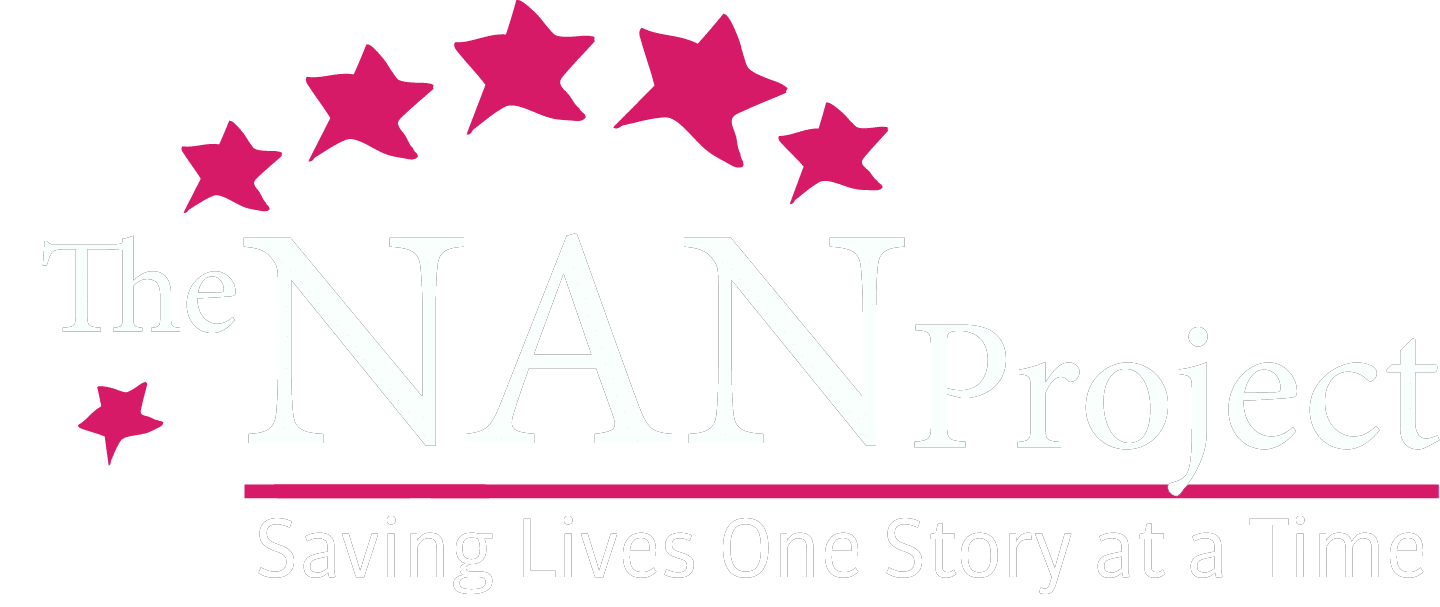News & Blogs
Who we are
Stay updated on everything going on with The NAN Project
Presentations in Woburn
Presentations in Everett, Andover, and Medford
Presentations to Stacy Middle School in Milford and The Bromfield School in Harvard
Gardner High School Health Fair
Presenting at the American Association of Suicidology in Portland, Oregon
Presentations to UNH and Success Fest Tabling
Peer Presentations in Wayland and Framingham and Mental Health Workshop for Merrimack Police Academy
Presentations to over 400 Students at Acton and North Reading
MASCA Conference Tabling
Presentations for Swampscott High School
